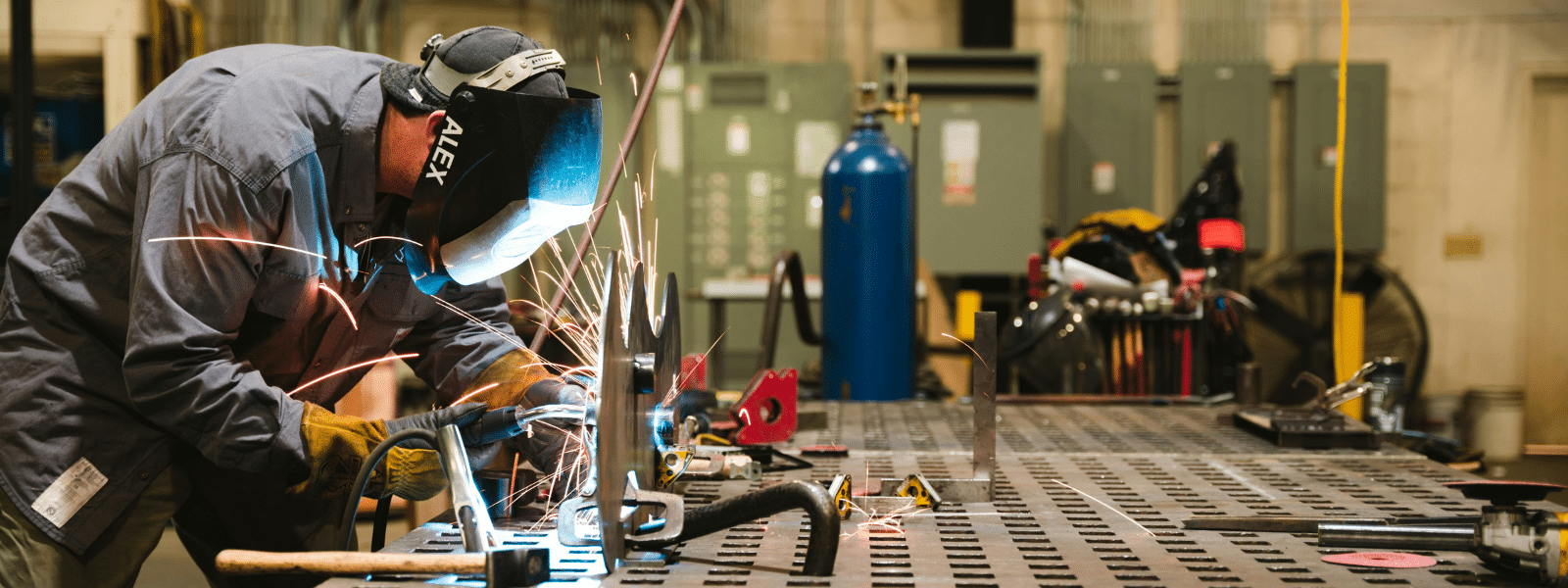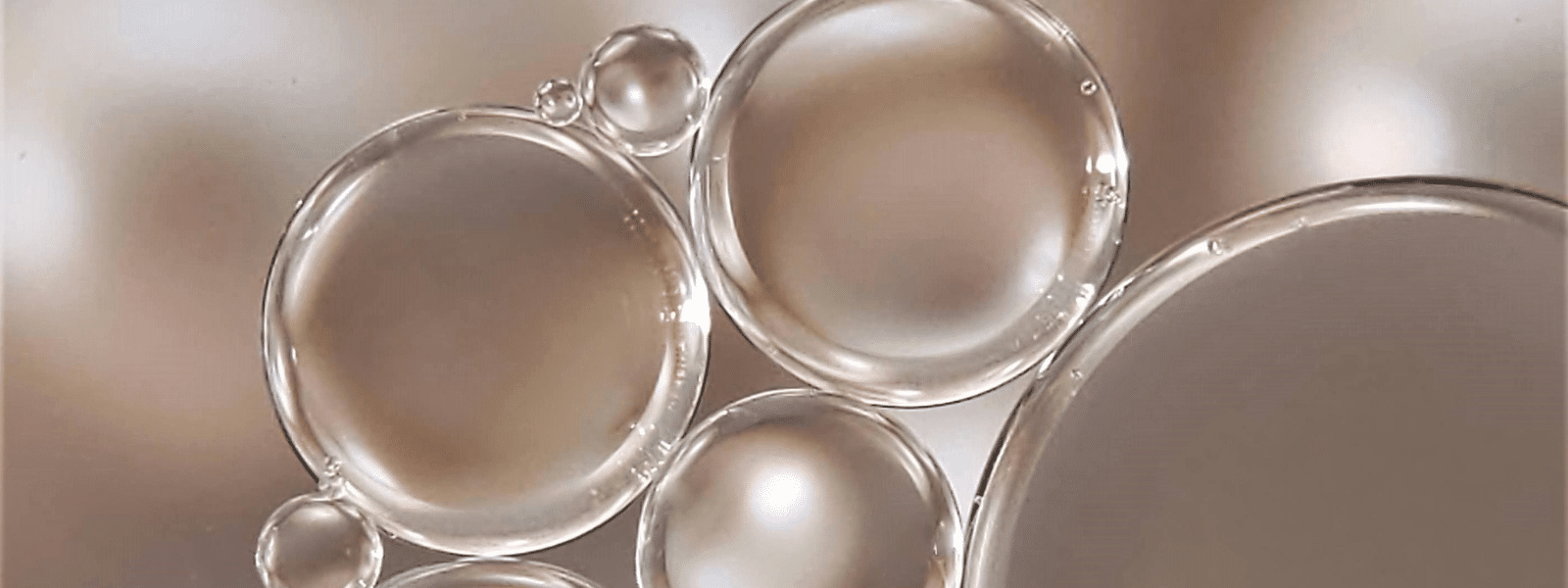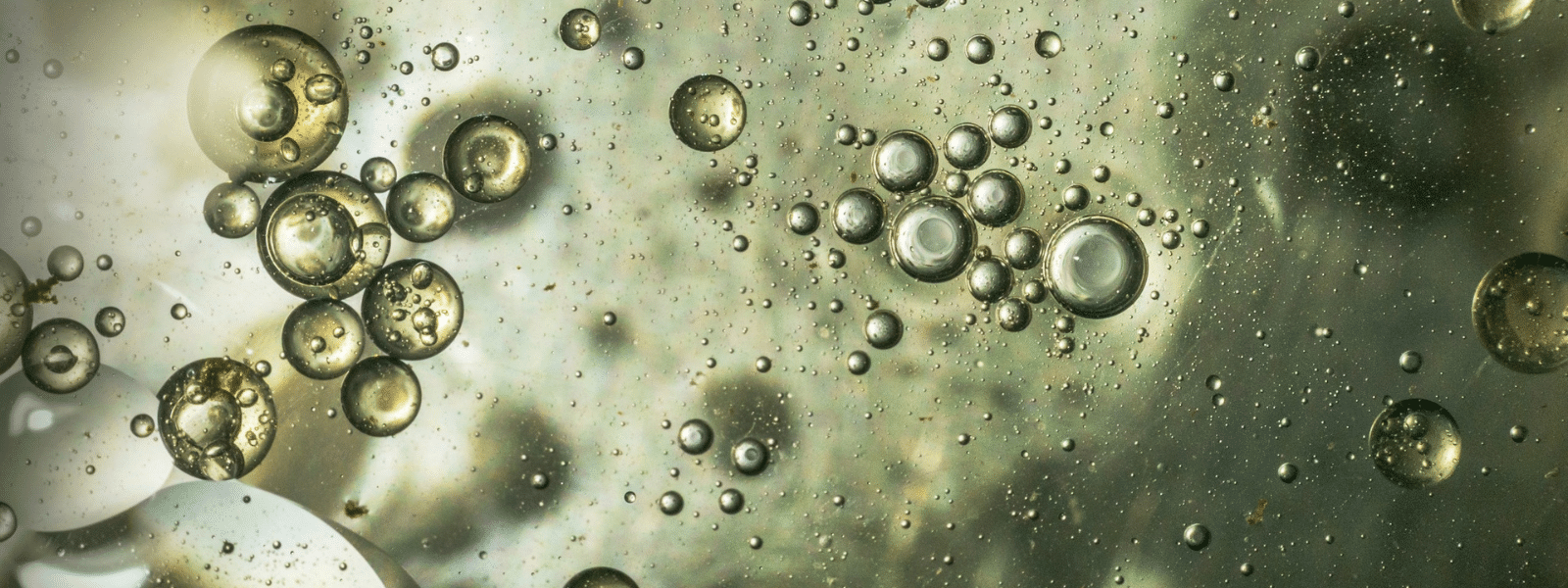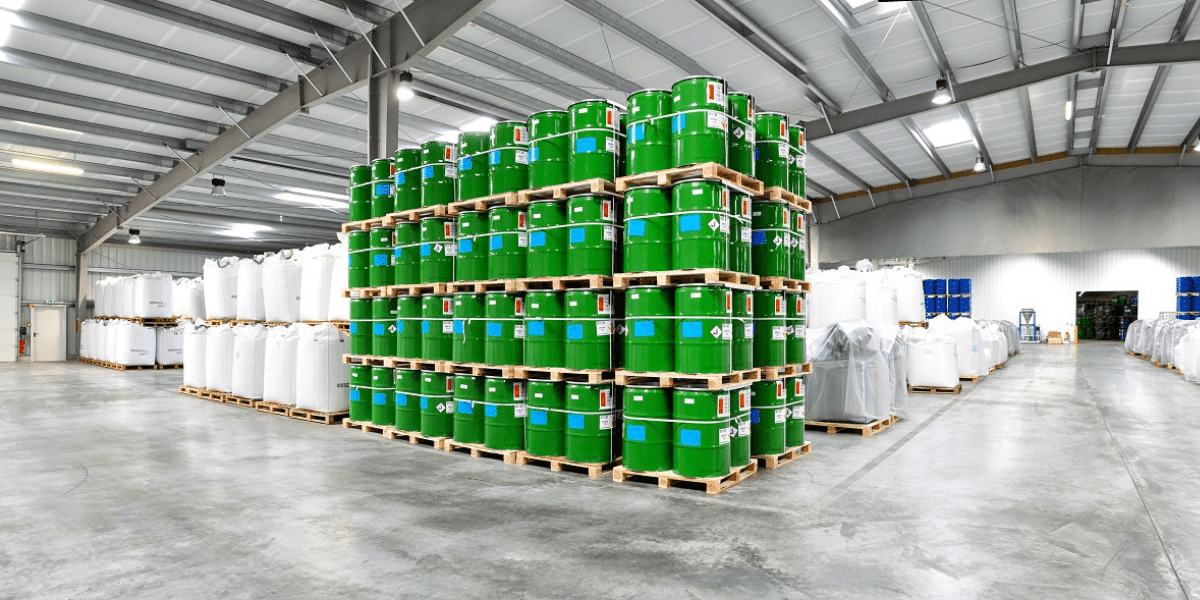As minimizing global warming becomes a greater and greater priority, efforts toward reducing contributions are at an all-time high. The chemical industry is no exception, with many chemicals and chemical processes having less-than-great effects on the environment.
Naturally, quite a bit of work and research is being done toward reducing these effects and finding alternatives with a smaller footprint. One hot topic in this field is that of low global warming potential (GWP) solvents.
What Are Low-GWP Solvents?
To understand low-GWP solvents, we must first understand GWP. This potential is a measure of how much energy a greenhouse gas can hold in our atmosphere, which is directly related to its contribution to global warming.
The baseline for GWP is carbon dioxide (CO2), with every other gas being assigned a numerical value based on how its contribution compares to CO2. A value between 0 and 1 means it holds less energy than carbon dioxide, while a value greater than 1 means it holds more.
Low-GWP solvents are simply solvents with relatively smaller numbers. This does not necessarily mean the number is less than one. Instead, it means that its GWP is low compared to the other solvents that can be used for the same applications.
While a GWP of 50 might sound high, it is not uncommon for solvents to get into the thousands or even tens of thousands. As such, being able to replace a high-GWP solvent with a lower-GWP one on an industrial scale could yield massive benefits over time.
Using Low-GWP Solvents in Industry
The bulk of the current research in this area is identifying various low-GWP substitutes for a wide range of uses. No two chemicals are made equal, so while one solvent might be usable in two different processes, a substitute for one process might now work in the other. As such, having a variety of low-GWP alternatives for every compound and process would be the ideal end goal of this research.
In addition to determining if a substitute can work in each process, one must also consider the differences in qualities that the new chemical brings. This means that switching to low-GWP solvents will not happen overnight but will instead be a gradual change.
Nevertheless, we here at Ecolink are doing our part with our Ecolink 4005 Non-Flammable Solvent. This product has been designed to emit low GWP as well as other eco-conscious components. It is versatile in composition and effects, being able to be applied to a multitude of surfaces.
Looking For Solvents?
We here at Ecolink can guide you through this and more! Our company has been providing industries such as yours with diverse and high-quality chemicals for over three decades. Try our Ecolink 4005 Non-Flammable as its versatility and applications are abundant! However, if you are interested or in need of other solvents, our products can be found here. Contact us today, we are just a click away!















